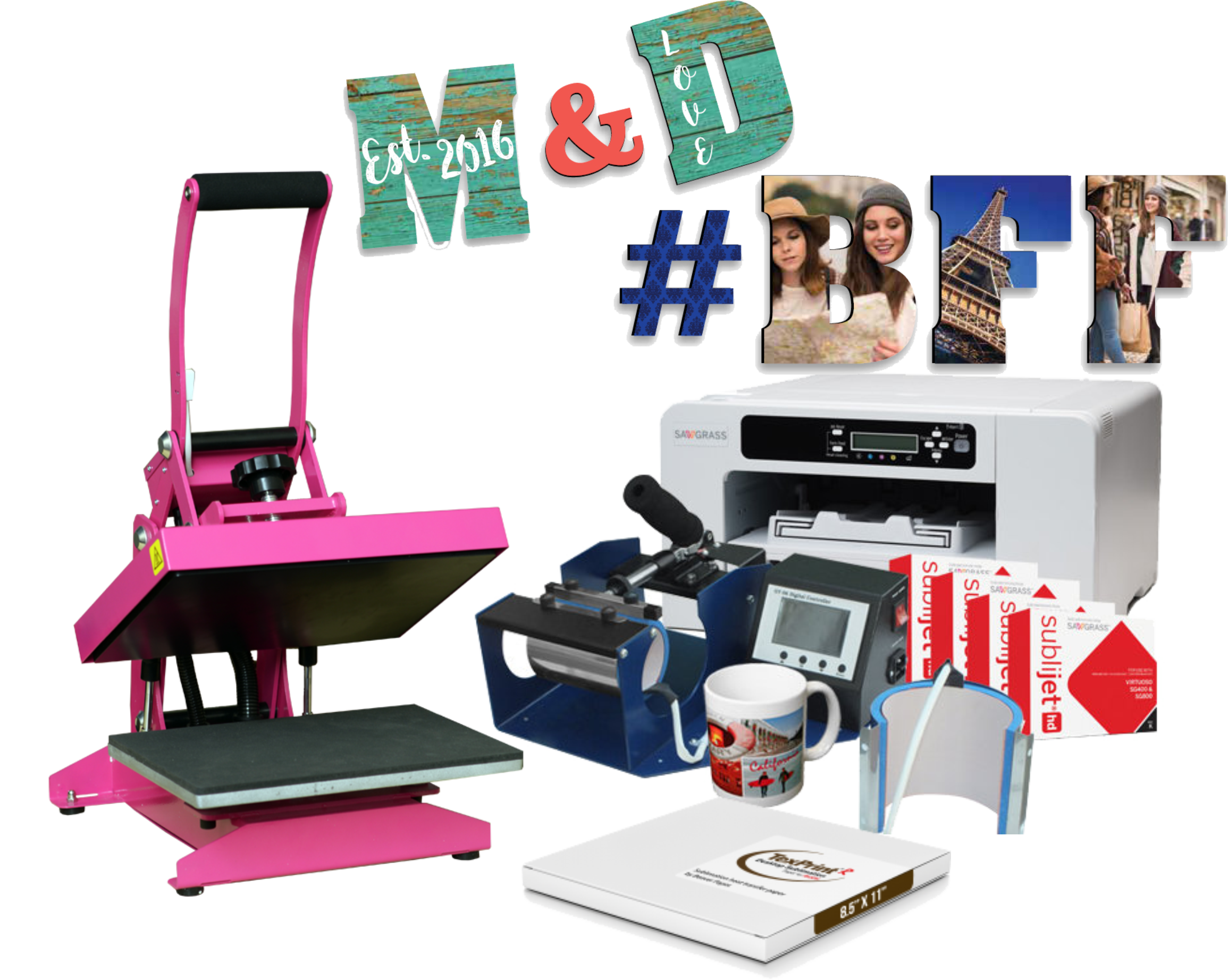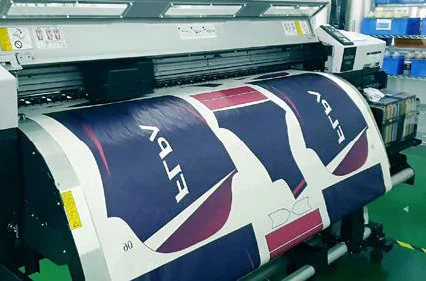Exactly How Screen Printing Reinvents the Branded Clothing Sector
Exactly How Screen Printing Reinvents the Branded Clothing Sector
Blog Article
A Comprehensive Overview to the Various Sorts Of Towel Printing Techniques
Getting started on an exploration of fabric printing techniques discloses a fascinating crossway of practice and development. Each approach, from the meticulous workmanship of block printing to the quick efficiency of screen printing, serves special purposes and uses distinct benefits. Digital printing's versatility and ecological awareness stand in stark contrast to the swift personalization of warmth transfer printing. On the other hand, color sublimation printing astounds with its ability to create lively, long-lasting layouts on synthetic textiles. To really understand the subtleties and possible applications of these diverse techniques, a deeper investigation is crucial.
Block Printing
Block Printing, one of the earliest approaches of textile decor, has an abundant history that dates back to ancient human beings. The procedure involves sculpting intricate designs into wooden blocks, which are after that dipped in color and pressed onto textile to produce patterns.
The precision and workmanship entailed in block printing make it a labor-intensive process, yet it likewise enables a high level of personalization. Artisans can develop special patterns by combining various blocks or varying the application of dye. This versatility has actually added to the enduring appeal of block printing in both traditional and modern textile layout.
Block printing is especially valued for its aesthetic top qualities, including the slight variants in pattern and shade that result from the hand-printing procedure. These imperfections offer a special personality to every item, identifying it from mass-produced textiles. Despite developments in modern printing modern technologies, block printing stays a treasured technique, celebrated for its historic importance and creative worth.
Display Printing
Screen printing, one more prominent textile design strategy, has reinvented the industry with its effectiveness and convenience. This method involves producing a pattern, called a screen, and utilizing it to use layers of ink on the printing surface. Each color in the style requires a separate display, which permits for intricate and dynamic multi-colored prints.

Among the vital benefits of display printing is its versatility to different sorts of textiles, consisting of cotton, polyester, and blends. This technique is specifically ideal for large-volume orders because of its cost-effectiveness and rate. The durability of the prints is another significant benefit, as the ink bonds well with the fabric, guaranteeing lasting styles that endure several washes.
The process starts with preparing the displays by coating them with a light-sensitive solution. Once dried, the style is moved onto the emulsion-coated display making use of a UV light. The exposed locations harden while the unexposed components are gotten rid of, producing a stencil. Ink is after that pressed with the stencil onto the fabric making use of a squeegee.
Screen printing is widely made use of in the fashion business, marketing products, and custom garments. Its capability for premium, detailed prints safeguards its condition as a foundation method in textile printing.
Digital Printing
Digital printing has promptly arised as a sophisticated method in the textile market, leveraging advanced modern technology to create high-resolution styles straight onto textile. Unlike traditional approaches, digital printing uses inkjet printers to deposit pigment or dye-based inks onto fabrics, making it possible for vibrant and elaborate patterns with a remarkable level of detail and color accuracy.
Among the main advantages of electronic printing is its adaptability. This method allows for on-demand printing, which dramatically decreases waste and decreases inventory expenses. In addition, it supports brief runs and custom styles, making it ideal for bespoke tasks and limited-edition collections. The elimination of displays and various other setup demands better enhances effectiveness, lowering production time and labor costs.
Additionally, electronic printing is eco-friendly. heat transfer vinyl printing. It uses water-based inks and needs less water and power check my reference contrasted to traditional strategies, straightening with lasting techniques. The accuracy of electronic printing also allows using a broader variety of textiles, my website consisting of cotton, silk, polyester, and blends, making certain versatility across various applications
Heat Transfer Printing
Just how does heat transfer printing change material layout? Warm transfer printing involves utilizing warmth and stress to transfer a style from a specially formulated paper onto textile.
One of the key advantages of warmth transfer printing is its ability to create high-grade, comprehensive images promptly and effectively. It is specifically well-suited for little production runs and personalized orders, making it a prominent selection for customized clothing and advertising items. Furthermore, this technique is flexible, fitting numerous kinds of materials including cotton, polyester, and blends.
Additionally, heat transfer printing is relatively economical compared to other techniques, as it needs marginal setup and reduced first financial investment - screen printing. This affordability, combined with its capability for generating vibrant, long lasting prints, emphasizes its crucial role in modern fabric design

Dye Sublimation Printing
Dye sublimation printing, an advanced textile printing method, supplies unmatched vibrancy and long life for styles on different artificial materials. The printed transfer paper is then put on the material, and both are subjected to high warmth and stress making use of a warm press.
One of the vital advantages of color sublimation printing is its capacity to produce continuous-tone prints with elaborate information and vibrant colors. Unlike various other printing approaches, the dye ends up being component of the fabric rather than resting on top of it, resulting in a breathable and soft finish.
Final Thought
In recap, cloth printing strategies each offer distinct advantages customized to numerous needs and applications. Block printing is admired for its artisanal high quality, while display printing is advantageous for high-volume production. Digital printing offers convenience browse around this web-site and ecological benefits, whereas warm transfer printing is excellent for rapid personalization. Dye sublimation printing creates brilliant, sturdy layouts on synthetic fabrics. The diversity and development within these techniques highlight the dynamic and progressing nature of the fabric printing sector.
Each method, from the precise craftsmanship of block printing to the fast effectiveness of screen printing, serves distinct purposes and provides unique benefits. Digital printing's adaptability and ecological awareness stand in plain contrast to the swift customization of warmth transfer printing. Despite advances in modern printing modern technologies, obstruct printing stays a treasured method, celebrated for its historic relevance and artistic value.
Dye sublimation printing, an innovative material printing method, provides unmatched vibrancy and long life for styles on various artificial materials. Digital printing provides convenience and environmental benefits, whereas warm transfer printing is optimal for rapid modification.
Report this page